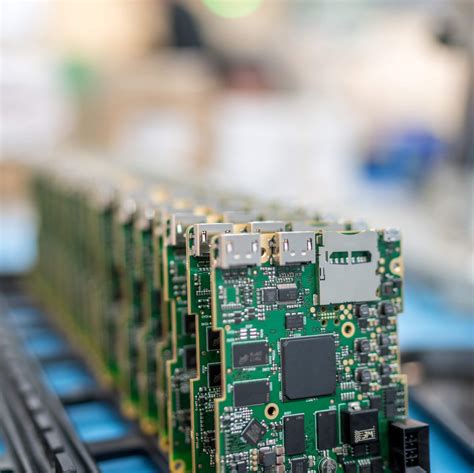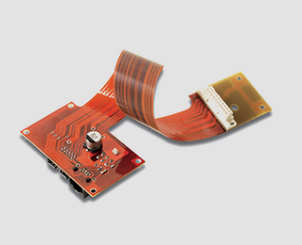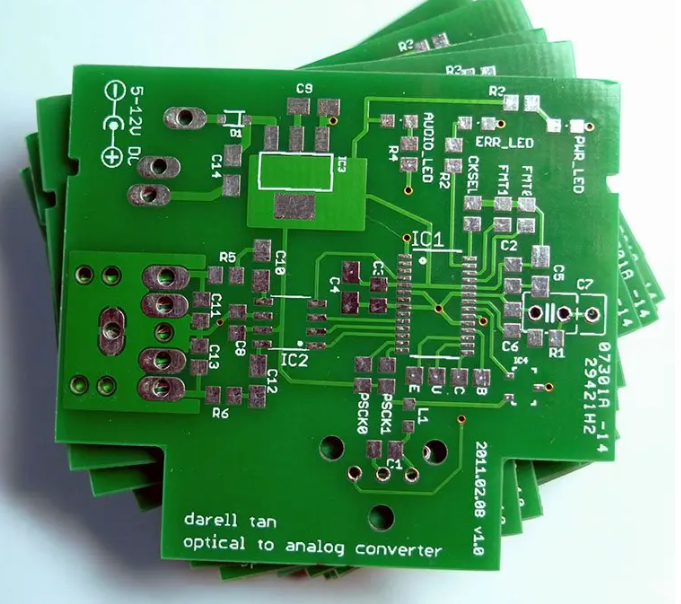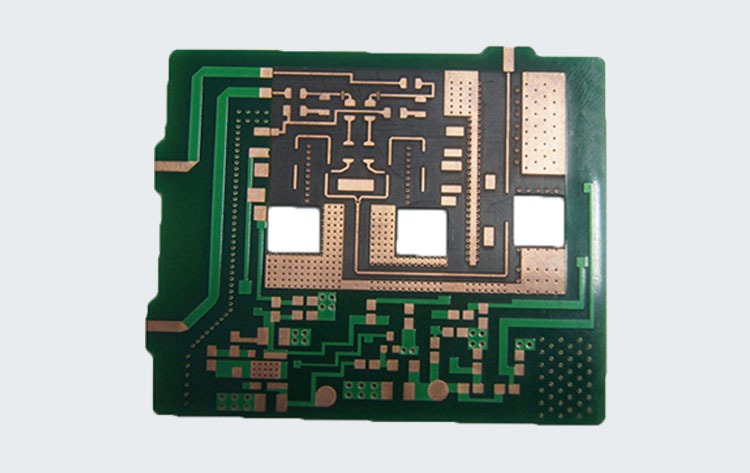Understanding ROHS Compliant PCB Assembly for Your Projects

Key Takeaways
Understanding ROHS compliant PCB assembly is essential for ensuring that your electronic projects not only meet quality standards but also align with necessary environmental regulations. The ROHS directive was introduced to limit hazardous substances in electronic products, promoting safer alternatives in manufacturing. When embarking on PCB assembly, it’s crucial to recognize the specific legislation that governs these practices, as compliance can affect product acceptance in various markets.
Incorporating ROHS compliance into your manufacturing process can enhance the sustainability of your products while also appealing to a growing consumer base concerned with environmental impact. The benefits of adopting ROHS compliant practices in your projects include reduced liability, increased customer trust, and potential cost savings in disposal and recycling processes.
Here are some critical points to consider:
| Benefit | Description |
|---|---|
| Environmental Impact | Minimizes harmful substances in electronics |
| Market Accessibility | Opens doors to regions with stringent regulations |
| Cost Efficiency | Reduces long-term waste management costs |
Adopting best practices is also vital for manufacturers aiming to maintain quality and performance while ensuring compliance. This includes regular training of personnel on compliance standards and integrating reliable materials conforming to ROHS requirements within the PCBA process.
"Integrating safety into design not only benefits the environment but enhances product acceptance."
Overall, understanding the nuances of ROHS compliant PCB assembly equips project managers and manufacturers with critical insights needed for successful project execution in today’s environmentally conscious market.

Introduction to ROHS Compliance in PCB Assembly
The growing emphasis on environmentally conscious manufacturing practices has brought ROHS compliance to the forefront of the electronics industry, especially in the context of PCB assembly. ROHS, which stands for Restriction of Hazardous Substances, mandates that electronic products must be free from certain hazardous materials, such as lead, mercury, and cadmium. This compliance not only safeguards environmental and public health but also ensures that PCBA processes are aligned with global standards. When embarking on projects that require PCB assembly, understanding the specific requirements of ROHS compliance is crucial. This involves familiarizing oneself with relevant regulations and integrating these standards into the design and manufacturing phases. Adhering to these guidelines not only mitigates potential legal repercussions but also enhances the marketability of products, as consumers increasingly seek environmentally responsible options. Therefore, achieving ROHS compliance in your PCB assembly projects is essential for maintaining quality, performance, and ethical manufacturing practices in today’s competitive landscape. By committing to these standards, manufacturers can contribute positively to sustainability efforts while meeting customer expectations effectively.
The Importance of ROHS Compliance for Modern Electronics
In today’s rapidly evolving technology landscape, ROHS compliance is critical for the manufacturing of pcb assembly and its components. This compliance ensures that products do not contain hazardous substances such as lead, mercury, and cadmium, which can pose significant risks to both human health and the environment. As consumers become increasingly aware of sustainability issues, electronics manufacturers are more than ever compelled to adopt these standards in their PCBA processes. Beyond regulatory obligations, ROHS compliant PCB assembly contributes to the overall quality and reliability of electronic devices. By integrating ROHS compliant practices, companies can enhance their brand reputation and appeal to environmentally conscious consumers. Adhering to these regulations not only aids in compliance but can also foster innovation by encouraging manufacturers to explore alternatives that are safe for the environment. This shift towards sustainability is increasingly seen as a hallmark of responsible production in modern electronics, highlighting the long-term benefits of incorporating compliant practices within manufacturing processes.

Key Components of ROHS Compliant PCB Assembly
When embarking on a project that involves pcb assembly, understanding the key components of ROHS compliant PCB assembly is crucial for ensuring that your electronic products meet both quality standards and environmental regulations. The first component to consider is the material selection. This involves opting for components that are free from hazardous substances such as lead, cadmium, and mercury, which are restricted by ROHS directives. Additionally, the use of lead-free solder is essential in the assembly process; materials like silver or bismuth-based alloys are commonly utilized as substitutes to ensure durability while remaining compliant.
Another vital element is testing and validation. To guarantee that all aspects of the pcba comply with ROHS requirements, effective testing procedures must be implemented at various stages of assembly. This includes verifying the compliance of each component used in manufacturing against established ROHS standards. Furthermore, proper documentation is critical; maintaining detailed records facilitates traceability and compliance verification during audits.
Lastly, training and awareness among staff involved in pcb assembly play a significant role. Ensuring that employees are knowledgeable about ROHS compliance practices will minimize errors during production and enhance overall product quality. By focusing on these key components, you can efficiently meet regulatory standards while providing efficient solutions for your electronic assembly projects.
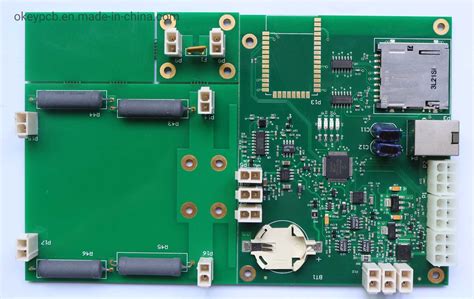
Benefits of Integrating ROHS Compliant Practices in Your Projects
Integrating ROHS compliant practices within your pcb assembly process brings numerous advantages that extend beyond mere regulatory adherence. By committing to the principles of ROHS compliance, manufacturers can significantly enhance product quality, reducing potential health risks associated with hazardous substances. This approach ensures that the components within a pcba are not only environmentally friendly but also safe for consumers. Furthermore, adopting ROHS compliant methods can significantly boost a company’s brand image, showcasing a commitment to sustainability and responsible manufacturing. Companies demonstrating their dedication to environmental responsibility often find that they gain a competitive edge in the marketplace, attracting customers who prioritize sustainability in their purchasing decisions. Additionally, integrating these practices can lead to cost savings over time by minimizing waste and mitigating risks associated with regulatory fines or product recalls. Ultimately, aligning your projects with ROHS compliance not only supports environmental goals but also reinforces quality and performance in your pcb assembly processes, ensuring long-term success in an increasingly eco-conscious market.
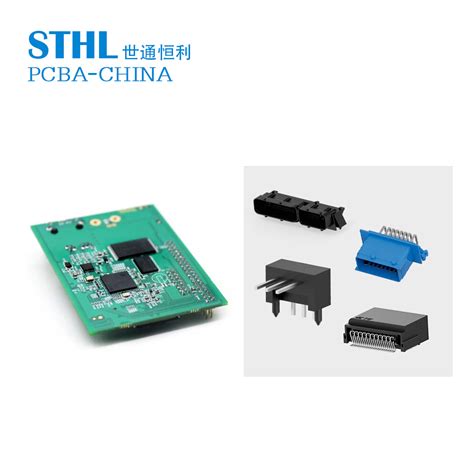
Best Practices for Ensuring ROHS Compliance in PCB Manufacturing
To effectively achieve ROHS compliance in PCB assembly, it is essential to integrate best practices at every stage of the manufacturing process. Firstly, selecting the right materials is crucial; ensure that components and solder used in the pcba are free from harmful substances such as lead, cadmium, and mercury. Collaborating with certified suppliers who provide ROHS compliant components can significantly streamline this process. Moreover, establishing a rigorous verification system to confirm the compliance of all materials used is a step that cannot be overlooked. Regular audits and inspections help maintain this adherence and immediately address any deviations that may arise.
Another vital aspect involves educating engineers and production staff about the significance of ROHS compliance. Comprehensive training programs can create awareness about potential risks and reinforce the importance of maintaining high quality while adhering to environmental regulations. Additionally, implementing a robust quality control system allows for consistent monitoring of processes to avoid contamination or introduction of non-compliant materials.
Furthermore, staying updated with evolving environmental regulations will enable manufacturers to adapt swiftly to any changes, ensuring continued compliance. Utilizing software and technology that assist in tracking material compositions can enhance accuracy and efficiency in maintaining compliance throughout the life cycle of the product.
By focusing on these practices, manufacturers can not only ensure ROHS compliance in their pcb assembly processes but also contribute positively toward environmental sustainability without compromising on quality or performance.
Common Challenges and Solutions in ROHS Compliant PCB Assembly
Achieving ROHS compliance in PCB assembly can present several challenges, mainly stemming from the complexity of integrating environmentally friendly materials while also meeting performance requirements. One of the prominent challenges faced by manufacturers is sourcing compliant components, as many suppliers still provide legacy parts with hazardous substances. To address this issue, organizations can actively seek out suppliers who specialize in ROHS compliant PCBA components and establish strategic partnerships to ensure a steady supply of compliant materials.
Another significant hurdle is maintaining quality control throughout the PCBA process. During assembly, ensuring that all processes align with ROHS compliance necessitates rigorous testing and validation protocols. Implementing integrated software tools can aid in tracking component compliance, thereby minimizing the risk of using non-compliant parts inadvertently.
Additionally, workforce training presents a vital challenge; employees must be well-versed in environmental standards to effectively carry out ROHS compliant PCB assembly practices. Regular training workshops and updated resources can help equip teams with the necessary knowledge to adhere to these standards.
Lastly, understanding evolving regulations is essential for long-term success. Regulations can change frequently, making it crucial for companies to stay updated on both local and international standards impacting PCBA practices. Building a strong internal compliance team or consulting with external experts can help organizations navigate these complexities effortlessly. By proactively addressing these challenges, companies can not only ensure compliance but also improve overall operational efficiency and product reliability.
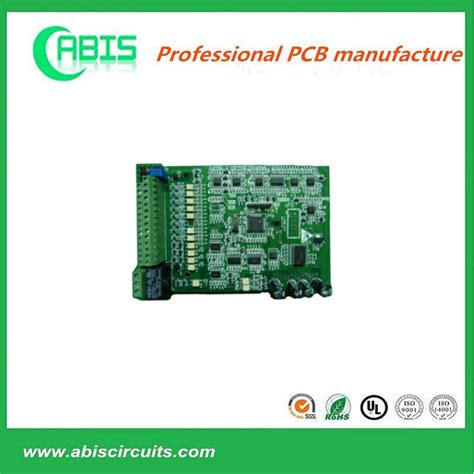
Future Trends in ROHS Compliance and Environmental Regulations
As the global emphasis on sustainable manufacturing increases, ROHS compliance in PCB assembly is poised to evolve significantly. One of the primary trends is the advancement of recycling technologies, which will facilitate the recovery of valuable materials from discarded electronic products. Consequently, companies engaged in PCBA will need to adapt their processes to not only meet ROHS regulations but also to support a circular economy. Additionally, there is a growing awareness among consumers about environmental responsibility, driving manufacturers to prioritize eco-friendly practices in their production processes.
Furthermore, regulatory bodies are likely to enhance their scrutiny over compliance practices, leading to more stringent certifications and standards for electronic components. This shift will necessitate that manufacturers implement more robust quality control measures and adopt innovative materials that align with sustainable practices more effectively. The integration of automated quality assurance systems in rohs compliant PCB assembly can streamline compliance checks and ensure adherence to environmental guidelines.
Additionally, collaboration between producers, suppliers, and regulatory entities will become increasingly crucial as businesses strive to navigate the complexities of evolving regulations while ensuring product integrity. Emphasizing transparency in sourcing and manufacturing practices will also play a significant role in promoting consumer trust and preference for green technologies. By anticipating these trends, manufacturers can effectively align their strategies with both current standards and future regulatory landscapes, ultimately enhancing their market position through committed sustainability efforts.
Conclusion: Aligning Quality with Environmental Responsibility
In today’s rapidly evolving electronics landscape, ensuring ROHS compliant PCB assembly is not only a regulatory necessity but also an ethical imperative. Manufacturers must recognize that the integration of ROHS compliant practices into their PCB assembly processes contributes significantly to both environmental sustainability and product quality. By prioritizing the use of materials free from hazardous substances and implementing rigorous manufacturing standards, organizations can enhance the reliability of their PCBA while adhering to international regulations. Moreover, investing in these practices fosters a culture of responsibility that resonates with consumers increasingly concerned about sustainability. As we move forward, companies that successfully align quality with environmental responsibility will not only comply with regulatory expectations but will also position themselves as leaders in their industries. Adopting these principles prepares businesses for future innovations and strengthens their commitment to a greener planet, ultimately benefiting both the ecosystem and their bottom line.
Conclusion: Aligning Quality with Environmental Responsibility
In today’s world, the demand for ROHS compliant PCB assembly is increasingly significant as industries strive to meet both quality standards and environmental regulations. By integrating ROHS compliant practices into your PCB assembly processes, you not only ensure the sustainability of your projects but also enhance the reliability and safety of your electronic products. This compliance reflects a commitment to responsible manufacturing, significantly reducing the use of hazardous substances and thereby minimizing the environmental footprint of your PCBA operations. As we move forward, embracing these standards is not merely a legal obligation but a strategic advantage that communicates your dedication to quality, safety, and environmental stewardship. Staying informed about evolving regulations will help you navigate the complexities of ROHS compliance, ensuring that your projects not only meet current criteria but also anticipate future trends in manufacturing practices. Adopting effective strategies today will ultimately position your business at the forefront of a changing landscape, characterized by heightened consumer awareness and stricter regulatory environments.
FAQs
What is ROHS compliance in PCB assembly?
ROHS compliance in PCBA (Printed Circuit Board Assembly) refers to adhering to regulations that restrict the use of specific hazardous substances in electronic equipment. This is crucial for ensuring the safety and environmental sustainability of electronic products.
Why is ROHS compliance important for electronics?
The significance of ROHS compliant PCB assembly lies in its role in reducing toxic substances, promoting healthier environments, and aligning with global market trends. Many countries require compliance, making it essential for access to international markets.
What are the key components of ROHS compliant PCB assembly?
Key components include the selection of materials free from restricted substances such as lead, mercury, and cadmium. It also involves proper identification and documentation to show compliance throughout the PCB manufacturing process.
What benefits come from integrating ROHS compliant practices in projects?
Integrating ROHS compliant practices helps manufacturers enhance product safety, increase marketability by meeting regulations, and foster consumer trust. Moreover, it can lead to improved operational efficiency by minimizing waste and optimizing material usage.
What best practices should be followed for ensuring ROHS compliance?
Best practices include thorough supplier evaluations for material safety, maintaining up-to-date documentation on components used in pcba, regular training for staff on compliance issues, and engaging with testing laboratories to ensure all products meet required standards.
For further information on PCB assembly, please visit our page: click here for more insights and assistance!


